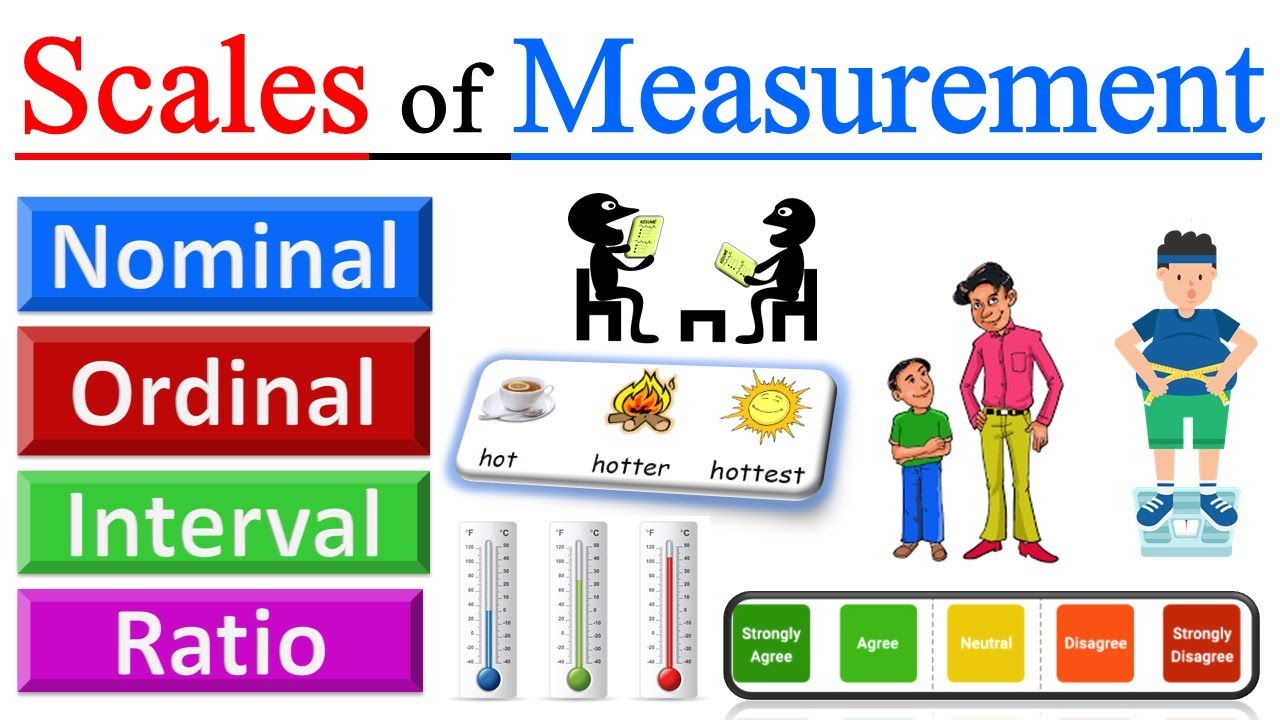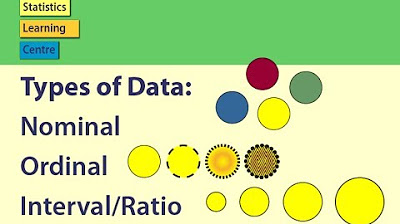What Are Data Types?
TLDRThis script emphasizes the importance of understanding data types for aspiring programmers. It introduces six fundamental data types shared across most programming languages: Boolean, Character (char), String, Integer (int), Floating Point (float), and Array. The video explains how each data type has unique rules and operations, using examples to illustrate the consequences of misapplying operations, such as attempting to subtract an integer from a string, which results in a type error. The script concludes by stressing the necessity of knowing data types to write effective programs, and encourages viewers to explore individual lessons for a deeper understanding.
Takeaways
- 📚 Understanding data types is fundamental to becoming a good programmer.
- 🔢 There are six main data types shared across most programming languages: Boolean (bool), Character (char), String, Integer (int), Floating Point (float), and Array.
- 👤 Boolean is named after George Boole, a 19th-century mathematician who popularized this type of data.
- 🔡 String data type represents a sequence of characters.
- 🔢 Integer (int) data type is used for whole numbers.
- 🔄 Floating point (float) data type is used for numbers with decimal points.
- 🔗 Arrays are not a data type but a data structure, consisting of an ordered series of similar data types.
- 🚫 Attempting to perform operations that don't match the data type will result in errors, such as subtracting an integer from a string.
- 🔁 However, certain operations can be performed between strings, like concatenation, which adds one string to another.
- 🛠 Each data type has its own set of rules and instructions, which are crucial for the computer to execute operations correctly.
- 💡 Grasping the concept of data types is essential for writing programs, as it dictates which operations can be performed on variables.
Q & A
What is the significance of understanding data types in programming?
-Understanding data types is crucial because it helps programmers know what operations can and can't be performed on variables, ensuring the correct manipulation of data within a program.
What are the six main data types shared across most programming languages?
-The six main data types are Boolean (bool), Character (char), String (string), Integer (int), Floating Point Value (float), and Array.
Who is the mathematician after whom the Boolean data type is named?
-The Boolean data type is named after the 19th-century mathematician George Boole.
What is the basic idea behind the Boolean data type?
-The Boolean data type represents logical values and can be either true or false, popularized by George Boole's work on logic.
What does the term 'char' stand for and what does it represent?
-'Char' stands for 'character' and represents a single unit of text, such as a letter, digit, or punctuation mark.
What is the difference between an integer and a string when it comes to arithmetic operations?
-An integer is a whole number that can perform arithmetic operations like addition and subtraction, whereas a string is a sequence of characters that cannot perform these operations directly without conversion.
Why would subtracting an integer from a string result in an error?
-Subtracting an integer from a string results in an error because the computer does not have instructions for performing arithmetic operations on strings, as they are not numeric values.
What happens when you try to concatenate two strings in a programming language?
-When you concatenate two strings, the computer combines them end-to-end to form a new string, as demonstrated by adding 'string 1' to 'string 11' to get 'string 111'.
What is an 'array' and how is it different from the other data types mentioned?
-An array is not a data type but a data structure that holds an ordered collection of elements, typically of the same type, which can be accessed using indices.
Why is it important to know the rules and instructions associated with different data types?
-Knowing the rules and instructions for each data type is important because it allows programmers to correctly perform operations on variables and avoid errors during program execution.
How can one learn more about each data type individually as mentioned in the script?
-One can learn more about each data type individually by checking the lessons linked in the description of the video script provided.
Outlines
💡 Understanding Data Types for Programming
This paragraph focuses on the importance of understanding data types for aspiring programmers. It introduces six fundamental data types commonly found in programming languages: Boolean (bool), Character (char), String, Integer (int), Floating Point (float), and Array. The paragraph explains that each data type has its own set of rules and operations that can be performed on it. For example, integers can be used in arithmetic operations, but attempting to perform arithmetic on strings will result in a type error. The importance of recognizing the difference between data types such as int, float, and string is emphasized, as it is crucial for writing functional programs. The speaker also mentions that there are more data types than those mentioned and provides links in the description for further learning on each type.
Mindmap
Keywords
💡Data Types
💡Boolean
💡Character
💡String
💡Integer
💡Floating Point
💡Array
💡Type Error
💡Variable
💡Operation
💡Instructions
Highlights
Importance of understanding data types for being a good programmer
Data stored in a variable has an associated type
Different data types have different instructions and rules
Six main data types shared across most programming languages
Boolean type named after 19th century mathematician George Boole
Char type stands for character
String type stands for a string of characters
Int type stands for integer
Float type stands for floating point value
Array is a data structure, not a data type
There are more data types than the six main ones
Each data type has a unique set of rules and instructions
Example of integer data type and arithmetic operations
Type error when trying to subtract an integer from a string
Computer returns an error for invalid operations
Concatenation of strings is possible with the plus operator
Understanding data types is crucial for writing programs
Different data types have different allowable operations
Lessons available to learn more about each data type individually
Conclusion: Data types have different rules and instructions
Transcripts
Browse More Related Video

Variables in Java ✘【12 minutes】

Introduction to Computer Programming | What is it? Programming Language Types

Scales of Measurement in Statistics - Nominal, Ordinal, Interval, Ratio | Level of Measurement

Quantitative Data - Why ? What? || Interval Data || Ratio Data || Statistics for Beginners

Types of Data: Nominal, Ordinal, Interval/Ratio - Statistics Help

Coding Basics: Variables | Programming for Beginners |
5.0 / 5 (0 votes)
Thanks for rating: